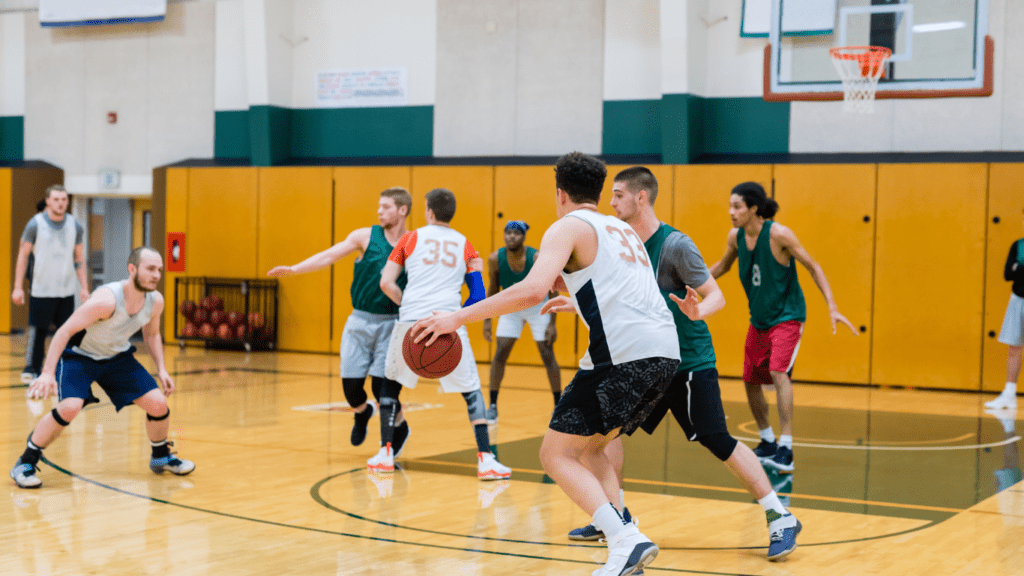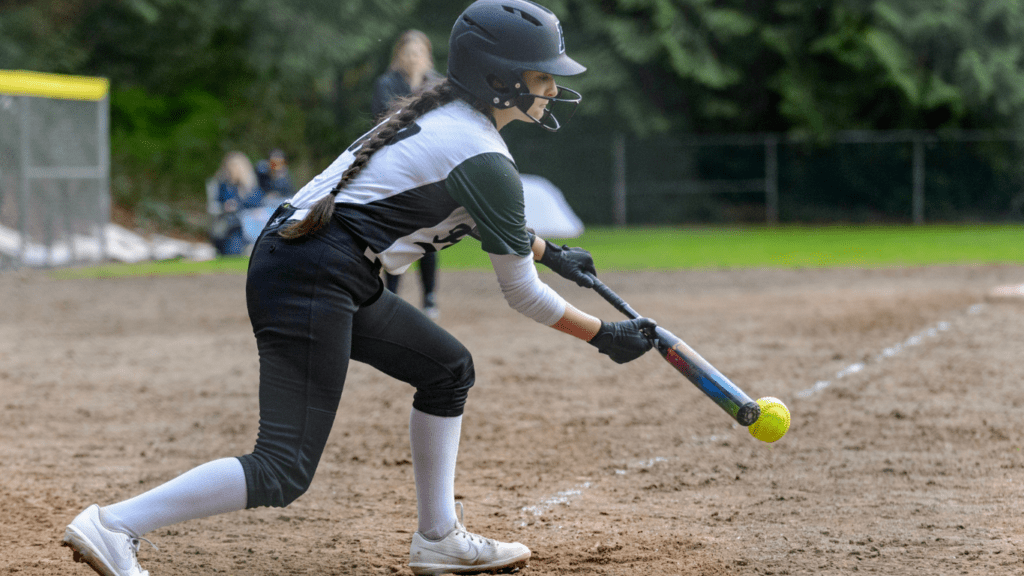I’ve always believed that practice makes perfect, but I’ve learned it’s not just about the hours you put in—it’s about how you use them. Long, grueling sessions might seem productive, but they can actually lead to burnout and diminishing returns. Instead, shorter, focused practice sessions can deliver bigger results without draining your energy or motivation.
Understanding Effective Practice
Effective practice prioritizes quality over quantity. Shorter, focused sessions maximize mental and physical engagement, leading to greater progress over time.
The Science Behind Practice Efficiency
Neuroscience shows that the brain’s ability to absorb and retain information decreases with prolonged effort. Research from the National Institutes of Health highlights that learning plateaus after 20 to 30 minutes of intense focus. Breaking practice into shorter intervals strengthens neural connections by allowing the brain to process and consolidate information during breaks. This approach, known as spaced repetition, enhances skill acquisition and long-term memory retention.
Physiological factors also play a role. The body fatigues with extended practice, reducing precision and increasing errors. Short, high-quality sessions maintain optimal performance while minimizing strain. Studies in athletic training demonstrate that structured, brief practices improve technique and prevent overtraining.
Common Misconceptions About Practice Duration
One common misconception is that longer practice sessions guarantee mastery. This belief overlooks the diminishing returns caused by mental and physical fatigue. Exhaustion undermines focus and compromises the effectiveness of extended sessions.
Another myth is that breaks waste valuable time. In reality, strategic rest enhances productivity by recharging energy levels and preparing the mind for the next practice segment. People also wrongly associate consistent progress with constant practice. Progress accelerates when practice is intentional and supported by recovery periods.
These misconceptions reinforce the importance of evaluating practice methods rather than increasing practice time. Mastery depends on the right approach, not just the number of hours invested.
The Case For Shorter Practice Sessions

Shorter, focused practice sessions offer measurable benefits over longer, draining ones. Strategic scheduling ensures:
- sustained productivity
- enhanced focus
- faster skill acquisition
Benefits Of Focused, Shorter Sessions
- Short sessions optimize concentration levels by aligning with the brain’s natural attention span of 20-30 minutes, as supported by cognitive studies. This targeted focus fosters deeper learning and minimizes distractions.
- Short bursts prevent physical and mental fatigue, preserving energy for consistent performance. Fatigue from long sessions can hinder improvement by leading to errors or unproductive habits.
- Frequent, shorter practices encourage better retention through spaced repetition. This cognitive technique reinforces memory by revisiting skills at carefully timed intervals, improving long-term mastery.
- Short sessions save time in busy schedules by allowing individuals to practice effectively without carving out extended hours. This flexibility supports long-term consistency.
Examples Of Successful Short-Session Strategies
Musicians widely use 25-minute focused practice blocks, followed by five-minute breaks, to maintain high-quality attention while refining complex techniques.
Athletes often rely on short, high-intensity training routines, like interval sprints or targeted drills, to improve performance without risking overtraining.
Students preparing for exams break study periods into 20-30 minute intervals within the Pomodoro technique. This method boosts retention while reducing studying fatigue.
Professionals mastering new skills or workflows allocate short, uninterrupted periods to upskill efficiently without disrupting busy workdays.
How To Optimize Your Practice Time
Short, structured practice sessions amplify results when paired with intentional strategies. By refining your approach, it’s possible to gain more in less time.
Setting Clear Goals
Defining specific objectives guides practice sessions effectively. I create measurable, time-bound goals that address skills or subtopics I aim to improve. For example, if I’m learning a new piece of music, I break it into sections and focus on mastering one segment during each session. This clarity ensures consistent progress without feeling overwhelmed.
Incorporating Breaks For Better Retention
Strategic breaks maintain focus and prevent information overload. I follow techniques like the Pomodoro method, working for 25 minutes followed by a 5-minute rest. These pauses recharge my focus and improve retention. For instance, if I’m studying, I’ll revisit notes after a short break to reinforce learning.
Tracking Progress And Adjusting Techniques
Monitoring progress keeps my practice aligned with my goals. I use tools, like journals or digital trackers, to document completed tasks and areas needing improvement. For example, after a week of practice, I review notes to identify patterns or challenges, then tweak my strategies accordingly. This adaptive approach helps achieve consistent growth.
Tools And Strategies To Maximize Short Sessions
Maximizing short practice sessions requires the right tools and strategies. I focus on leveraging technology and creating a customized routine to make every minute productive.
Utilizing Technology And Apps
I use technology to streamline and enhance practice sessions. Timer apps, like Focus Booster and Be Focused, help structure time into effective intervals such as the 25-minute Pomodoro technique. Skill-specific apps, such as Yousician for music practice or Duolingo for language learning, provide tailored exercises, progress tracking, and real-time feedback.
Video recording tools allow me to review and refine techniques, especially in music, sports, or presentations. Platforms like Trello and Notion help me organize goals, tasks, and session plans. These digital aids ensure that practice is purposeful and aligned with clear objectives.
Building A Personalized Routine
Short sessions are most effective when tailored to individual needs and goals. I start by analyzing priorities and breaking larger objectives into actionable targets. For example, instead of practicing an entire song, a musician might focus on tricky segments during each session.
I schedule these sessions during peak energy times, like early mornings or after breaks, and maintain consistency by integrating them into my routine. Rotating activities within sessions also keeps engagement high and reduces mental fatigue. By regularly assessing progress, I adjust routines to remain aligned with evolving goals.



 Lead Training Analyst
Lead Training Analyst
